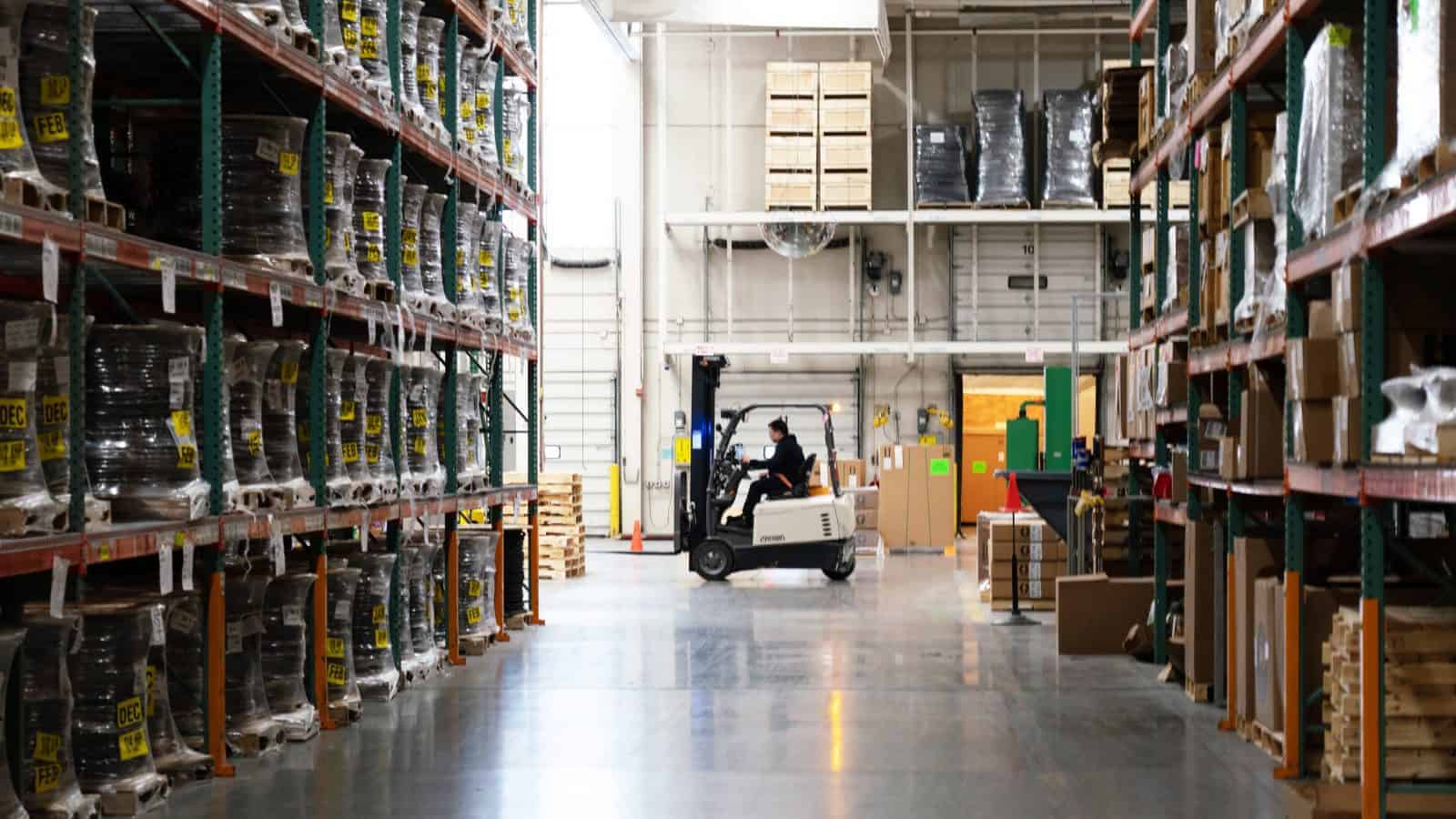Panama Canal Drought Hits Shippers

The Panama Canal—which “handles about one-third of Asia-to-Americas seaborne trade”—is at its lowest level in more than 100 years, a development that could jeopardize global supply chains, according to The Wall Street Journal (subscription).
What’s going on: “The government agency that manages the artificial waterway implemented travel restrictions in May to avoid ships running aground, and since then, some large vessels have had to reduce container loads by roughly one-quarter. Further restrictions could go into effect in late June, authorities say.”
- In the first five months of 2023, rainfall in the canal area was 47% below the historical average.
- The canal, which opened in 1914, depends heavily on rainfall to replenish the tens of millions of gallons of water that flow into the sea each time a ship goes through the canal’s locks.
Why it’s important: “Disruptions in the canal’s operations would hurt Southern Hemisphere exporters and importers in the north. Brazilian meat, Chilean wines and bananas from Ecuador are routinely shipped across the canal, along with copper from Chile and liquefied natural gas from the U.S. Gulf Coast.”
- Panamanian officials are trying to avoid a repeat of the problems that afflicted the Suez Canal in March 2021, when a large containership blocked that waterway for nearly a week, costing billions of trade dollars.
The fallout: “In addition to cutting cargo loads, shipowners are adjusting to Panama Canal restrictions by moving containers to trains to ensure safe passage through locks. In some instances, boxes are unloaded from ships on the Pacific Ocean side of the canal, moved by rail and returned to ships before they continue their voyage through the Atlantic Ocean.”
- The Panama Canal Railway has seen a 20% increase in cargo volume as a result of the drought.
- Shipowners are responding by charging an average of $600 more per box on vessels that cross the canal.
- The daily Asia–U.S. East Coast freight rate was $2,400 per container in May, according to Freightos Baltic Index, but it is expected to rise this month partly due to the drought surcharge.
What’s next: Large container shipping companies “have no plans to divert ships away from Panama”—for now. “[E]xecutives said it could happen if drought conditions persist.”
